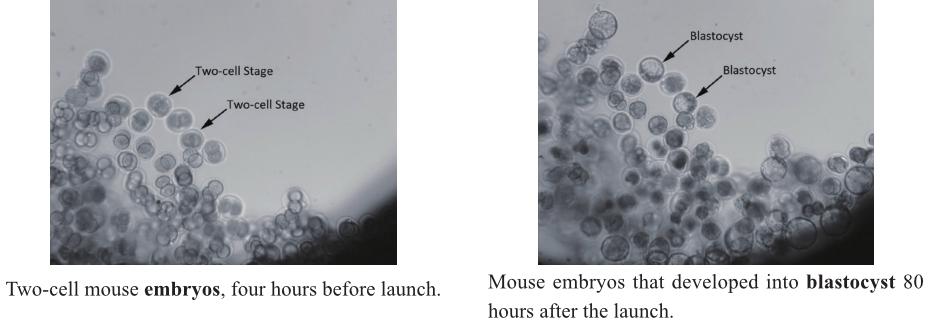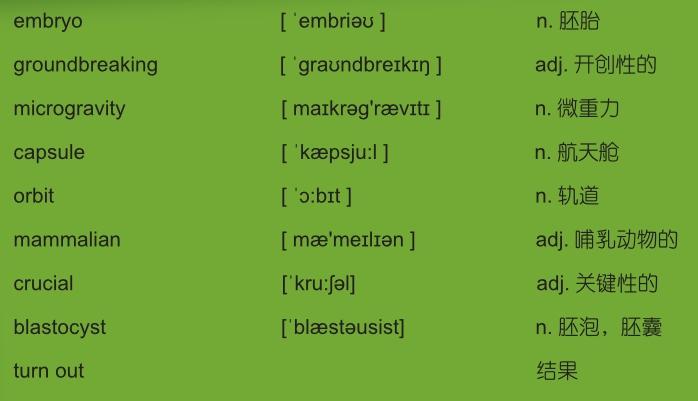大脑语言图谱揭秘
Scientists in the US have mapped out how the brain organises language.
Their "semantic atlas" shows how, for example, one region of the brain activates in response to words about clothing and appearance.
The researchers found that these maps were quite similar across the small number of individuals in the study, even down to minor details.
The work, by a team at the University of California, Berkeley, is published in Nature.
It had previously been proposed that information about words meaning was represented in a group of brain regions known as the semantic system.
But the new work uncovers the fine detail of this network, which is spread right across the outer layer of the human brain.
The results could eventually help those who are unable to speak, such as victims of stroke or brain damage, or motor neuron diseases.
Volunteers - including lead author Alex Huth - listened to more than two hours of stories from a US radio programme while remaining still inside a functional Magnetic Resonance Imaging (MRI) scanner.
The team collected data on changes in blood flow and oxygenation - indicators of activity - in different areas of the cerebral cortex.
The cerebral cortex is the brains outer layer of tissue, playing a key role in higher functions such as language and consciousness.
The brain imaging data were matched against time-coded transcriptions of the stories. The researchers then used a computer algorithm that scored words according to how closely they are related in terms of meaning.
The results were converted into a thesaurus-like map where the words were arranged on the left and right hemispheres of the brain.
They show that the semantic system is distributed broadly in more than 100 distinct areas across both halves - hemispheres - of the cortex and in intricate patterns that were consistent across individuals in the study.
The maps show that many areas of the human brain represent language describing people and social relations rather than abstract concepts.
Vocabularies
中国制造出“人脸识别”警车将亮相G20安保
A Chinese university has developed a police car capable of face scanning during patrols.
The intelligent vehicles, developed by University of Electronic Science and Technology of China in Sichuan Province, will be fi rst tested in east Zhejiang Province in June, according to the university.
Chinas police cars are mostly refitted from commercial car models according to the needs of local authorities. The new cars will address many problems resulting from this poor standardization, said Yin Guangqiang, director of the police-use advanced technology institute at the university.
A host of new technologies have been added to the new model over the seven-month development period for the countrys fi rst standardized police vehicle, Yin said.
The car is equipped with rooftop cameras that capture faces within a radius of 60 meters, even at a speed of 120 km/h. The images are then sent through the police database and if matches are found an alarm will be sounded.
Its other functions include detecting vehicles information and identifying mobile phones in its proximity. Its engines also consume less oil and discharge less carbon dioxide.
"The new car is not just a means of transportation. It is more like a smart law enforcement system on wheels," Yin said.
Vocabularies
哺乳动物胚胎可在外太空完整发育
The latest experiment results from Chinas SJ-10 recoverable satellite have been sent back with some groundbreaking news. For the first time in human history, it has been proven that the early stages of embryos in mammals can be developed completely in a space environment.
China launched the countrys fi rst microgravity satellite, the SJ-10, on April 6. The return capsule on the satellite will stay in orbit for several days before heading back to Earth. An orbital module will continue to conduct experiments for a few more days.
High-resolution photographs sent back by SJ-10 show that the mouse embryos carried by the return capsule completed the entire developing process within 96 hours from the launch, the fi rst reported successful development of mammalian embryos in space.
"The human race may still have a long way to go before we can colonize the space. But before that, we have to fi gure out whether it is possible for us to survive and reproduce in the outer space environment like we do on Earth," said Duan Enkui, Professor of the Institute of Zoology affi liated to the Chinese Academy of Sciences, and principle researcher of the experiment.
"Now, we fi nally proved that the most crucial step in our reproduction – the early embryo development– is possible in the outer space," Enkui said.
The SJ-10 carried more than 6,000 mouse embryos in a self-suffi cient, enclosed chamber, the same size of a microwave oven. Everything on the test load, from the cell culture system to the nutrient solution was refi ned with hundreds rounds of ground tests.
A camera took pictures of the embryos every four hours and sends the pictures back to Earth. It turns out some embryos developed into advanced blastocysts in four days.
After the embryos are recovered from the returning capsule, scientists will immediately transport them to Beijing and perform further analyses on the developmental speed and changes in embryonic gene and protein expression.
Vocabularies

